Our Services
Our Clients
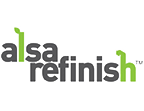

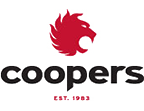




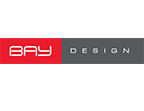







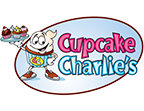

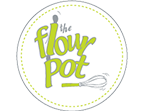




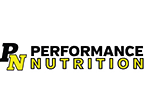
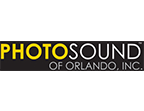
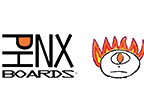

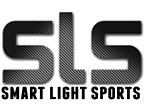



Who We Are
Bay State IP is a full-service Boston-based Intellectual Property law firm where our Boston Patent Attorney and Boston Trademark Attorney represent clients across the country from Massachusetts to California and abroad, ranging from individual inventors and start-ups to mid-size Corporations. Our experience working with a variety of clients in conjunction with our manageable size provides us the ability to tailor our services/strategy to meet each individual’s specific needs.
The foundation of our firm is the exceptional client relationships we maintain as we are able to provide quality services at competitive rates that fit within every client’s budget. Our team at Bay State IP is personally invested in each client’s IP needs starting from our initial evaluation through the grant of a patent or registration of a trademark and enforcement thereof. Finally, through our strategic alliance with our corporate and litigation counsel, we are able to offer our clients a myriad of services beyond Intellectual Property, including high-level litigation services.
Featured Posts
How Does a Trademark Achieve a Level of Fame?
- The degree of similarity between the mark or trade name and the famous mark.
- (ii) The degree of inherent or acquired distinctiveness of the famous mark.
- (iii) The extent to which the owner of the famous mark is engaging in substantially exclusive use of the mark.
- (iv) The degree of recognition of the famous mark.
- (v) Whether the user of the mark or trade name intended to create an association with the famous mark.
- (vi) Any actual association between the mark or trade name and the famous mark.


